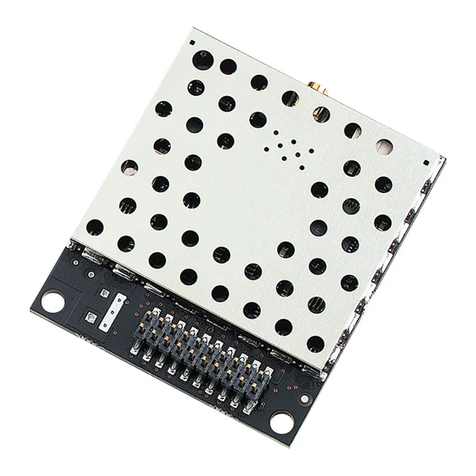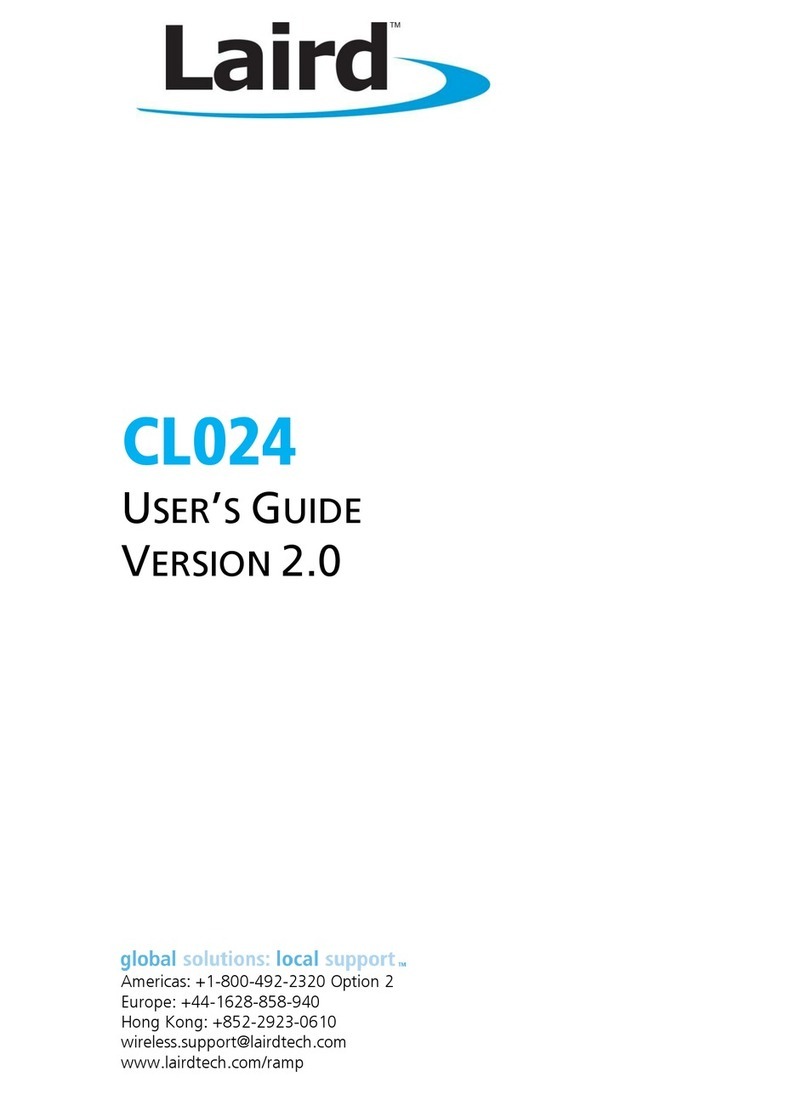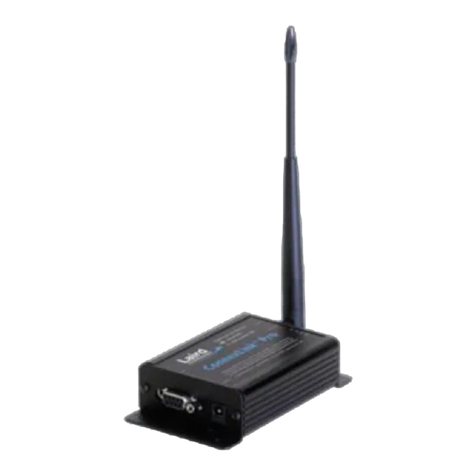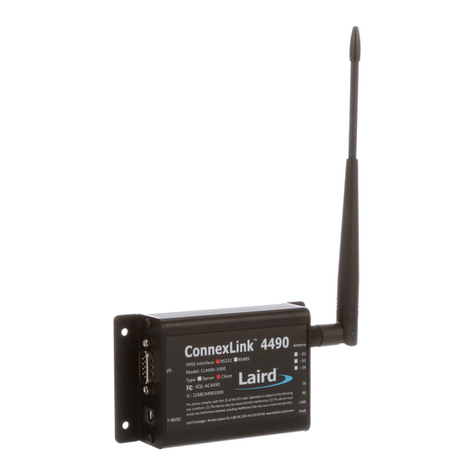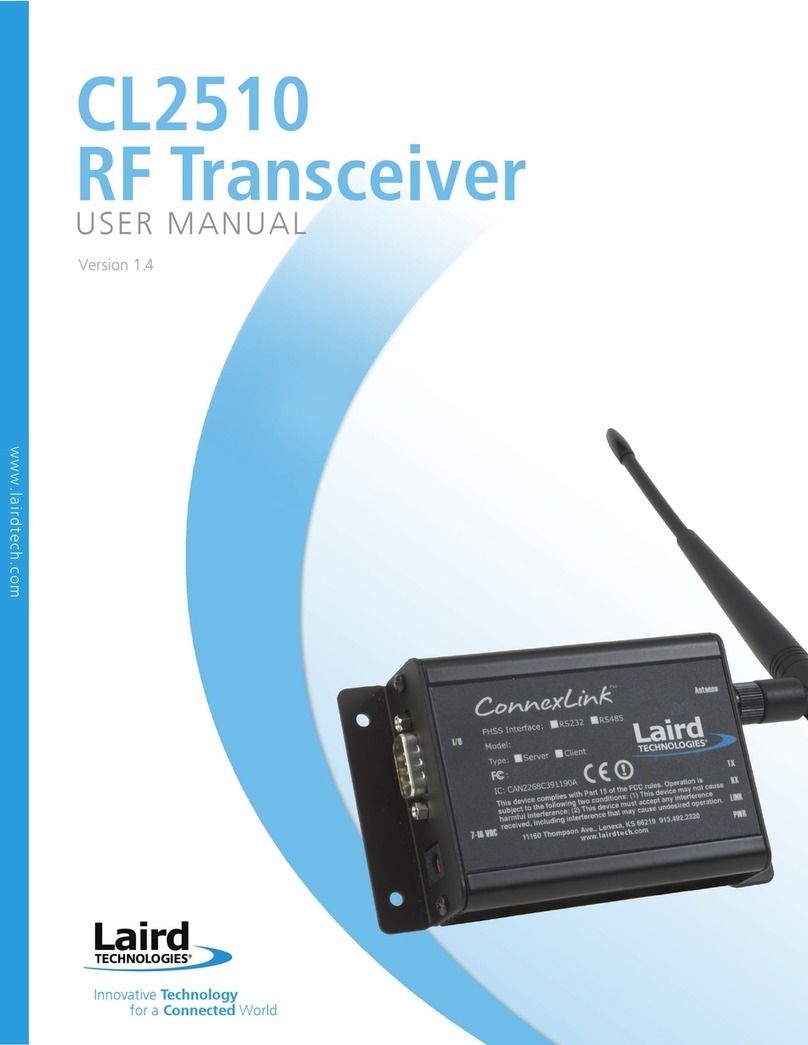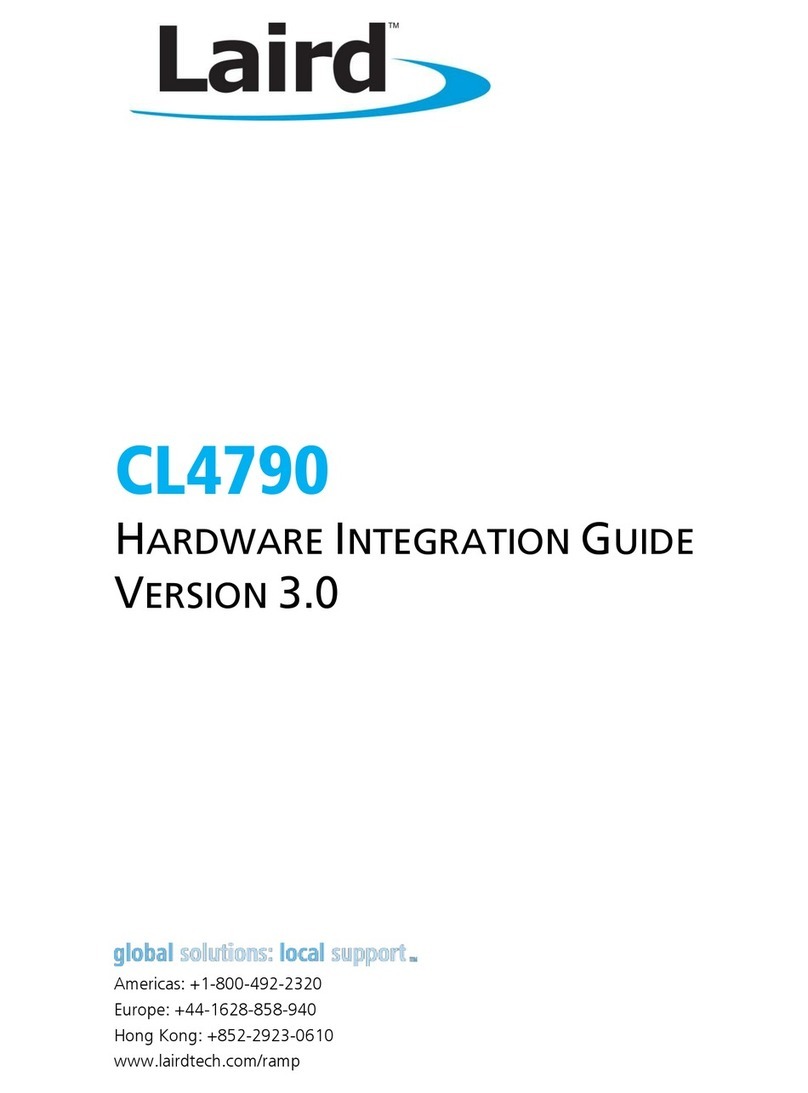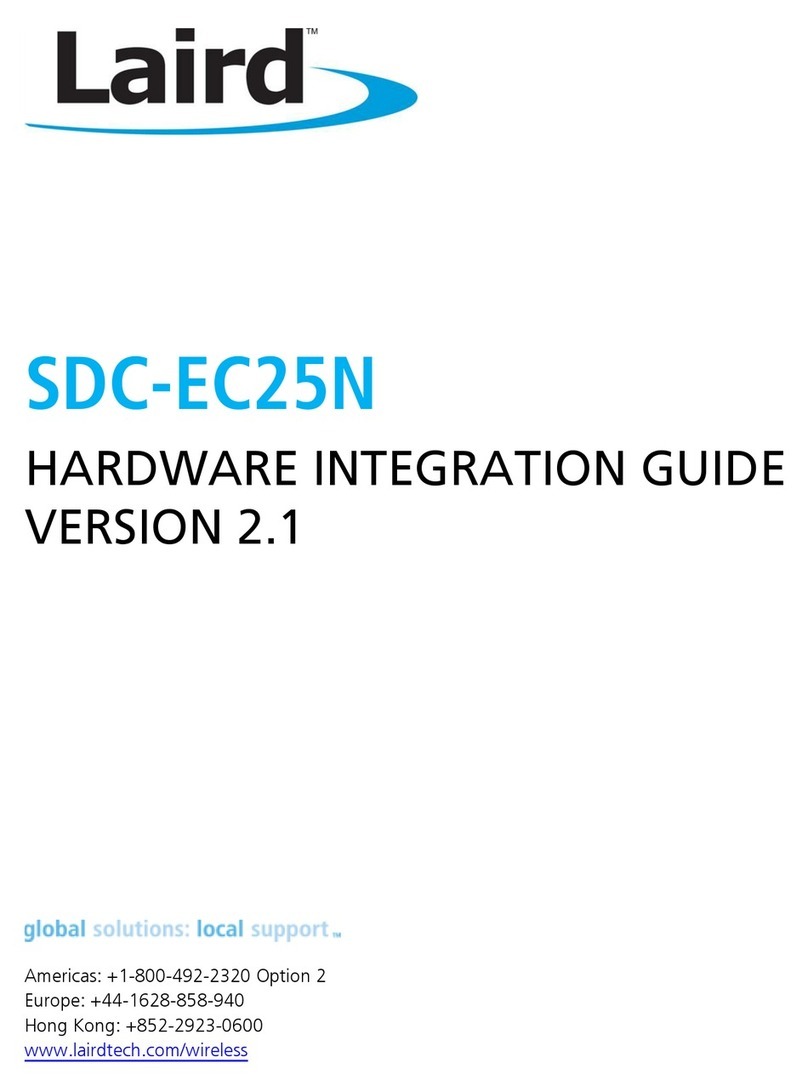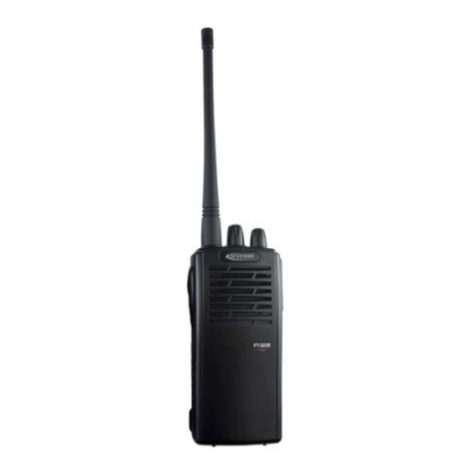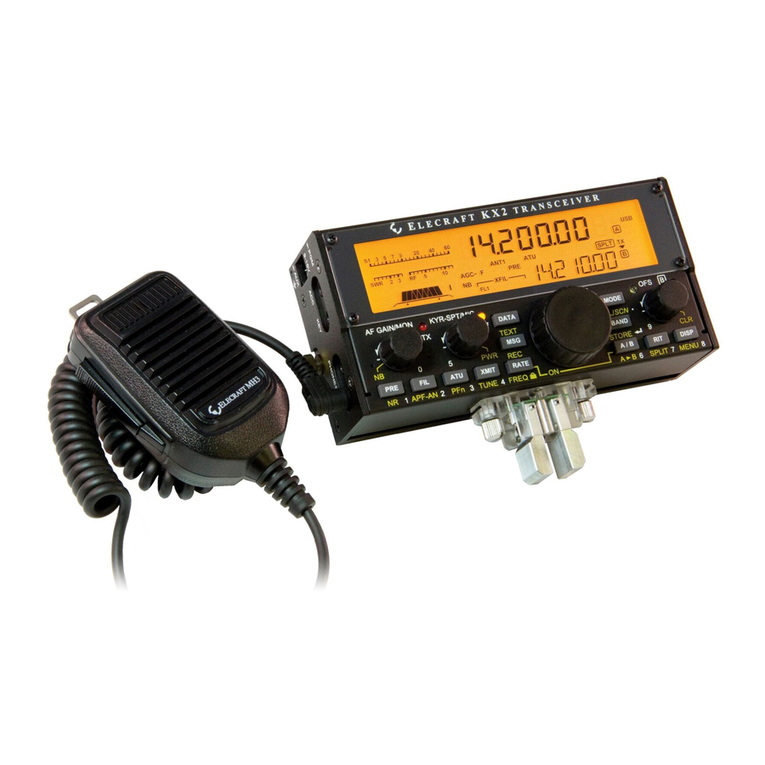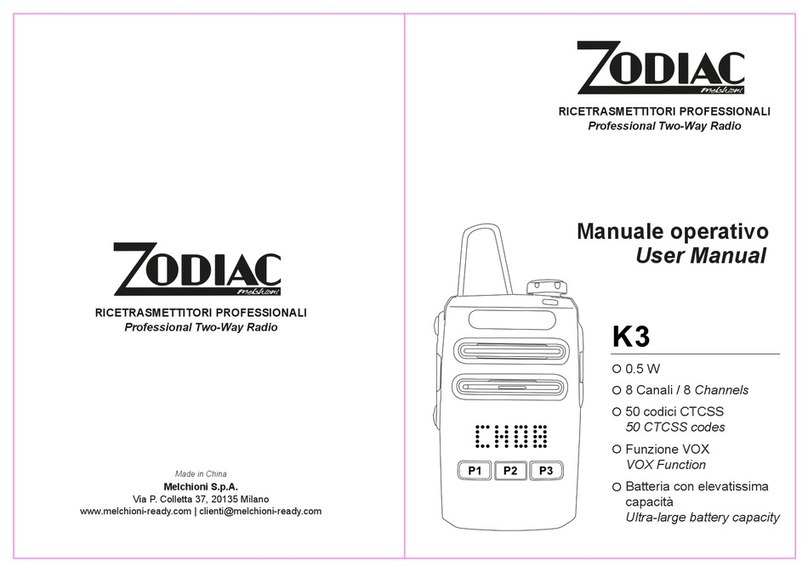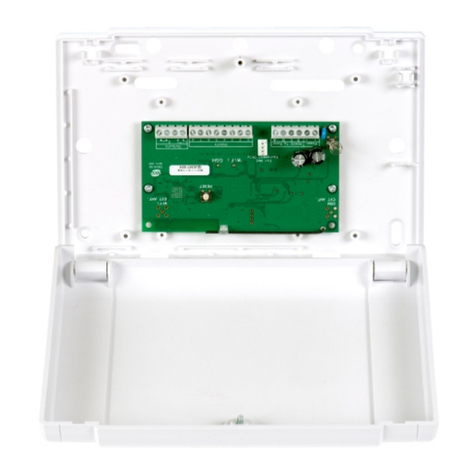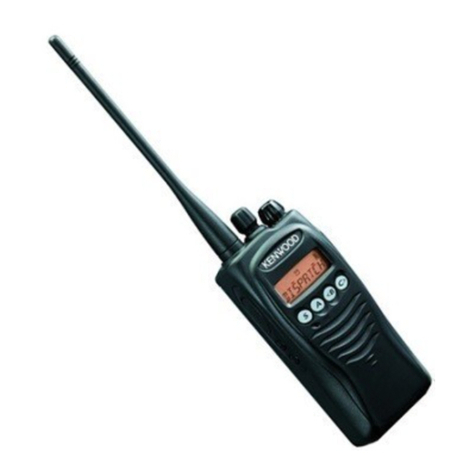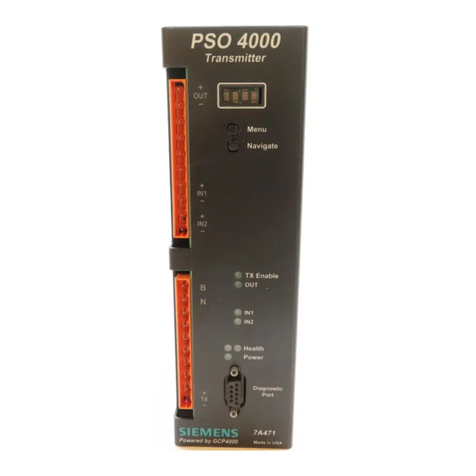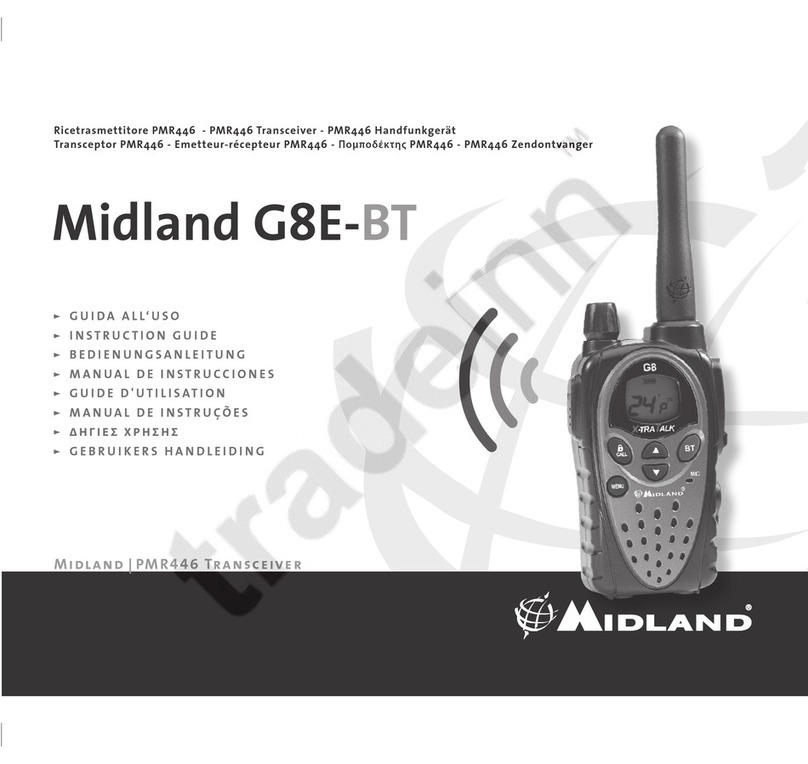AC4490 RF TRANSCEIVER
The compact AC4490 900 MHz transceiver can replace miles of cable in harsh industrial environments. Using
field-proven frequency hopping spread spectrum (FHSS) technology which needs no additional FCC licensing
in the Americas, OEMs can easily make existing systems wireless with little or no RF expertise.
Overview
The AC4490 is a cost effective, high performance, frequency hopping spread spectrum transceiver designed
for integration into OEM systems operating under FCC part 15.247 regulations for the 900 MHz ISM band.
AC4490 transceivers provide an asynchronous TTL level serial interface for OEM Host communications, which
include both system and configuration data. The Host supplies system data for transmission to other Host(s).
Configuration data is stored in the on-board EEPROM. All frequency hopping, synchronization, and RF system
data transmission/reception is performed by the transceiver.
To boost data integrity and security, the AC4490 uses Laird’s field-proven FHSS technology featuring optional
Data-Encryption Standards (DES). Fully transparent, these transceivers operate seamlessly in serial cable
replacement applications.
AC4490 transceivers can operate in Point-to-Point, Point-to-Multipoint, Client-Server, or Peer-to-Peer
architecture. One transceiver is configured as a server with one or many client-configured transceivers
synchronized to it. To establish synchronization between transceivers, the server emits a beacon; upon
detecting a beacon an RF link is established and a GPIO is toggled to signify to the host that the link is active.
This document contains information about the hardware and software interface between a Laird AC4490
transceiver and an OEM Host. Information includes the theory of operation, specifications, interface definition,
configuration information and mechanical drawings. The OEM is responsible for ensuring the final product
meets all appropriate regulatory agency requirements listed herein before selling any product.
Additionally, this document contains a list of Related Documents and Files.
Note: Unless mentioned by name, the AC4490 module is referred to as the “radio” or “transceiver”.
Individual naming is used to differentiate product specific features. The host (PC / Microcontroller /
Any device to which the AC4490 module is connected) will be referred to as “OEM Host”.
FEATURES
Networking and Security
Generic I/O digital lines and integrated DAC/ADC
functions
Retries and Acknowledgements
API Commands to control packet routing and
acknowledgement on a packet-by-packet basis
Frequency Hopping Spread Spectrum for security
and interference rejection
Customizable RF Channel number and system ID
Dynamic link analysis, remote radio discovery
Low latency and high throughput
Hardware Protocol Status monitoring
Easy to Use
Continuous 76.8 Kbps RF data stream
Software selectable interface baud rates
from 1200 bps to 115.2 Kbps
Low cost, low power and small size ideal for
high volume, portable and battery powered
applications
All modules are qualified for Industrial
temperatures (-40° C to 85° C)
Advanced configuration available using AT
commands
